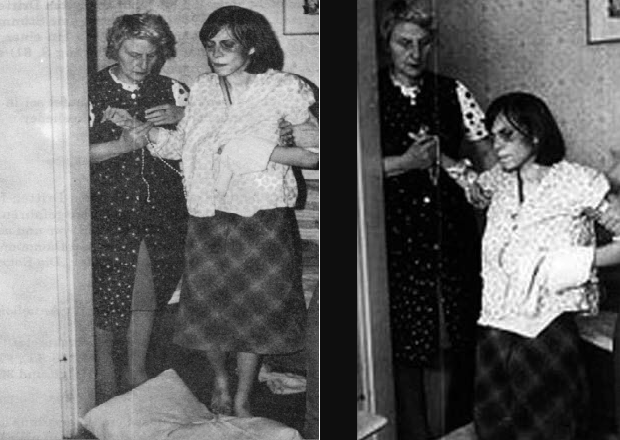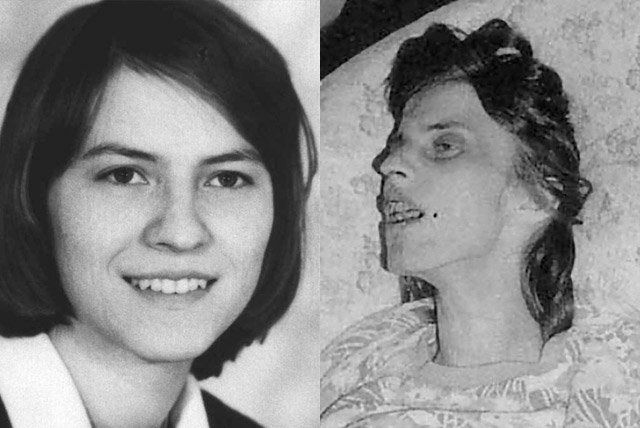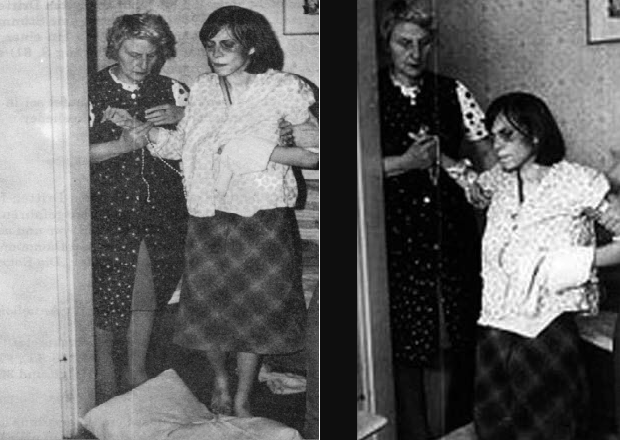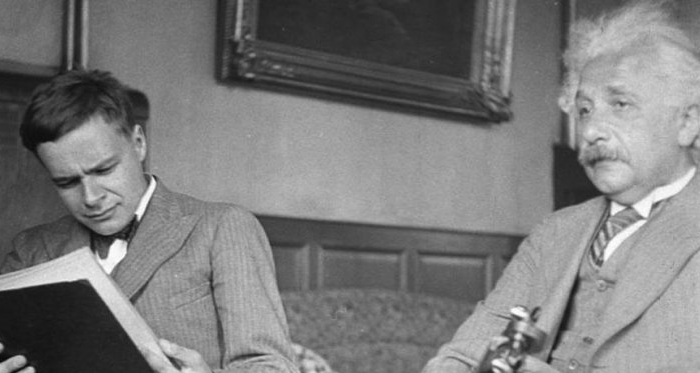The Truth Behind the Real Exorcism of Anneliese Michel: The Case That Inspired The Exorcism of Emily Rose
The Real Story Behind The Exorcism of Emily Rose: Anneliese Michel’s Tragic Fate
The tragic story of Anneliese Michel, a young woman from Germany, remains one of the most infamous cases of possession and exorcism in modern history. Her life, plagued by mysterious afflictions and a controversial exorcism, inspired the chilling film The Exorcism of Emily Rose. But behind the Hollywood portrayal lies a much more complex and heartbreaking reality, involving mental illness, religious fervor, and a legal battle that questions the boundaries between faith and science.
The Life of Anneliese Michel: A Devout Upbringing and Early Signs of Trouble
| Name | Anneliese Michel |
|---|---|
| Born | September 21, 1952, Leiblfing, Germany |
| Died | July 1, 1976, Klingenberg, Germany |
| Cause of Death | Malnutrition and dehydration |
| Key Events | Alleged possession, exorcism, trial |
Anneliese Michel grew up in a devout Catholic family in Bavaria. From a young age, she was known for her strong faith and desire to live a religious life. However, her early teens marked the onset of a series of troubling symptoms. In 1968, at just 16 years old, she began suffering from seizures that were later diagnosed as epilepsy. These episodes led to her hospitalization and the start of what would be a long struggle between medical diagnoses and spiritual interpretations of her condition.
Her family believed that her afflictions went beyond physical illness, pointing to demonic possession as the cause of her torment.
Was It Possession or Mental Illness?

In the early stages of her illness, doctors treated her for epileptic psychosis, prescribing medication like Dilantin and later Tegretol to manage her seizures. Despite these treatments, Anneliese’s condition deteriorated. She reported seeing devilish faces, hearing voices that tormented her, and displaying extreme aversions to religious objects.
This leads to the question: Was Anneliese Michel truly possessed or suffering from severe mental illness?
- According to medical experts, her symptoms are consistent with temporal lobe epilepsy and schizophrenia, disorders that can produce hallucinations and delusional behavior.
- On the other hand, her family, and later her priests, believed she was the victim of demonic forces, particularly because of her intense reactions to religious symbols.
In 1975, after years of struggling with her symptoms and multiple failed treatments, her family sought the help of Father Arnold Renz and Pastor Ernst Alt, who concluded that exorcism was the only option left.
“She didn’t look like an epileptic,” Father Alt was quoted as saying. “There was no other explanation.”
The Exorcism: A Series of Grueling Rituals
In September 1975, the Catholic Church officially sanctioned the Rite of Exorcism for Anneliese Michel. Over the next 10 months, Anneliese endured 67 exorcism sessions, some lasting up to four hours. These rituals were harrowing, not only because of the prayers and chants invoked but due to Anneliese’s own physical and emotional suffering. She would frequently speak in multiple demonic voices, curse the priests, and lash out violently during the rites.
The exorcisms took a severe toll on Anneliese. She stopped eating, claiming that the demons within her would not allow her to. By mid-1976, her condition was critical, with her body wasting away due to malnutrition.
Despite this, her family and the priests continued the exorcisms, believing it was the only way to save her soul.
The Final Days and the Tragic Outcome

Anneliese Michel died on July 1, 1976, at the age of 23. An autopsy revealed that she had succumbed to malnutrition and dehydration. At the time of her death, she weighed just 68 pounds. Her parents and the priests who had performed the exorcisms were subsequently charged with negligent homicide.
The trial that followed became a national sensation, sparking debates about the role of religion in modern medicine. The defense argued that Anneliese was not mentally ill but possessed, and that the exorcisms were conducted with the best of intentions. The prosecution, however, contended that she had been seriously ill and should have been under medical care.
“Anneliese Michel’s case is a cautionary tale about the intersection of faith and medical science,” said one expert during the trial.
Legal Consequences and Public Reaction
The trial ended in 1978, with the parents and priests receiving a suspended sentence of six months in prison. While the court acknowledged that Anneliese had indeed been gravely ill, it also ruled that the exorcism had contributed to her death by preventing her from receiving necessary medical care.
Public reaction was divided. Many supported the family, believing that they had acted in faith. Others saw the case as a tragic example of the dangers of religious fanaticism.
The Catholic Church later distanced itself from the case, quietly updating its guidelines on exorcism to prevent future incidents like Anneliese’s.
The Controversial Legacy: A Symbol of Faith or a Victim of Misunderstanding?
The legacy of Anneliese Michel is deeply controversial. For some, she is a martyr—a young woman whose deep faith led her to confront demonic forces head-on. For others, she is a victim of medical neglect, a tragic figure who suffered from untreated mental illness and was failed by both her family and the Church.
Her story has inspired countless discussions about the nature of possession, mental illness, and the role of faith in treating psychological disorders. It has also led to the popularization of her case through media portrayals, most notably in the 2005 film The Exorcism of Emily Rose.
Though the film takes certain liberties with the facts, it captures the essence of Anneliese’s tragic struggle—a battle between belief and science that continues to resonate today.
Was Anneliese Michel Truly Possessed?
To this day, there is no definitive answer to whether Anneliese Michel was possessed or suffering from a severe mental disorder. Her case remains one of the most studied and debated examples of exorcism in modern times.
- Some theologians continue to argue that her symptoms align with classical demonic possession.
- However, the majority of medical professionals maintain that her symptoms were consistent with epilepsy and psychosis.
The case forces us to ask hard questions about the boundaries between religion and medicine, the role of mental health in diagnosing possession, and how deeply held beliefs can influence medical decisions.
FAQs
Was the exorcism of Anneliese Michel legal?
Yes, the exorcism was conducted legally with the permission of the Catholic Church, though it later resulted in legal consequences for the priests and her family.
What did the autopsy of Anneliese Michel reveal?
Her autopsy revealed she died from malnutrition and dehydration after refusing food and medical care during the exorcisms.
How accurate is The Exorcism of Emily Rose to the real story?
While the movie takes creative liberties, it draws heavily on the real events of Anneliese Michel’s life and her exorcism.
Meta Description: Discover the true story of Anneliese Michel, whose tragic exorcism inspired The Exorcism of Emily Rose. Was it possession or mental illness?
References:
- https://www.historydefined.net/anneliese-michel/
https://www.historydefined.net/anneliese-michel/ - https://en.wikipedia.org/wiki/Anneliese_Michel
https://en.wikipedia.org/wiki/Anneliese_Michel - https://www.biography.com/tragic-story-of-anneliese-michel






